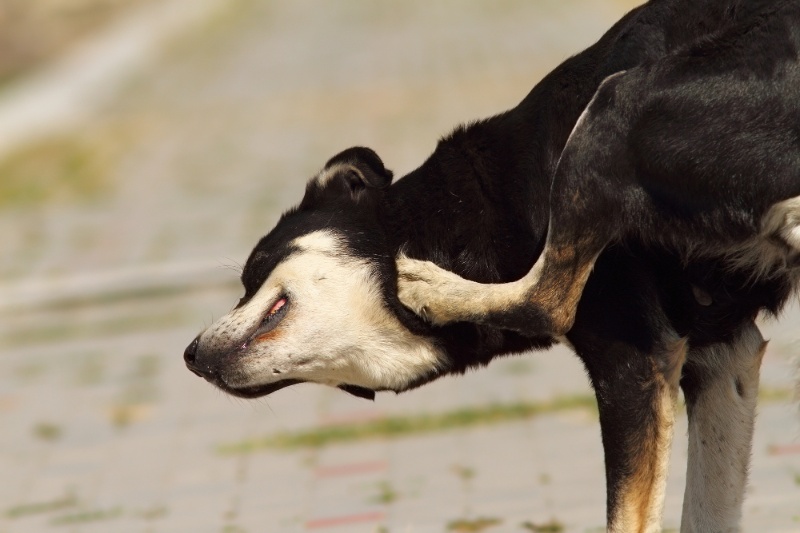Summer is a great time for outdoor activities with your pets, but it also brings the risk of fleas in cats and dogs. Understanding how to prevent and deal with these pests is essential for every pet owner. Here’s a comprehensive guide on flea prevention, the risks of flea infestations, and effective solutions.
The risks of flea infestations
Fleas are more than just a nuisance; they pose significant health risks to your pets and family. Here are some key risks associated with flea infestations:
Health issues for pets
- Skin Irritation and Allergies: Flea bites cause itching and irritation. Some pets develop flea allergy dermatitis, leading to severe skin problems.
- Anaemia: Severe infestations can lead to anaemia, especially in kittens and puppies, as fleas consume the pet’s blood.
- Tapeworms: Fleas can carry tapeworm larvae. If a pet ingests an infected flea, it can become host to tapeworms.
Risks to humans
- Flea Bites: Fleas can bite humans, causing itching and discomfort.
- Diseases: Although rare, fleas can transmit diseases like the bubonic plague and cat scratch fever.
Recent statistics on flea infestations
Flea infestations are a common issue for pet owners. Recent statistics highlight the importance of flea prevention:
- The most recent practice-level survey in the UK has shown that some 28.1% of cats and 14.4 per cent of dogs are infested by fleas in early summer.
- 90 % of recovered fleas – from both cats and dogs – are the cat flea Ctenocephalides felis.
- Studies in the past 10 years have confirmed high rates of infestations of 12 to 47% in some European countries.
- Fleas can lay up to 50 eggs per day, leading to rapid infestations if not treated promptly.
Prevention tips and solutions
Preventing fleas is easier than dealing with an infestation. Here are some practical tips and solutions for keeping your pets flea-free this summer:
Regular grooming
- Bathing: Regularly bathe your pets with a gentle flea shampoo.
- Brushing: Use a flea comb to remove fleas and their eggs from your pet’s coat.
Home maintenance
- Hoovering: Regularly vacuum carpets, rugs, and upholstery to remove flea eggs and larvae.
- Washing Bedding: Wash your pet’s bedding and your bedding frequently in hot water.
Using VETIQ Flea Prevention products
- Flea Guard Granules: Sprinkle VETIQ Flea Guard Granules onto your pet’s food. These granules contain natural ingredients that help repel fleas.
- Flea Guard Tablets: VETIQ Flea Guard Tablets are easy to administer and provide long-lasting protection against fleas.
- Healthy Treats Flea Guard: These treats are not only delicious but also help protect your dog from fleas. Ideal for dogs and puppies.
Flea prevention checklist
Ensure you’re fully prepared to prevent fleas with this handy checklist:
- Visit the Vet: Regular check-ups to monitor your pet’s health and flea status.
- Flea Treatments: Consistently use VETIQ Flea Guard products as directed.
- Home Cleaning: Regularly vacuum and wash bedding.
- Outdoor Maintenance: Keep your garden tidy to reduce flea habitats.
Enjoy a flea-free Summer!
Flea prevention is crucial for the health and well-being of your pets and family. By understanding the risks and implementing effective prevention strategies, you can enjoy a flea-free summer. Trust VETIQ’s Flea Guard range to keep your pets protected and happy.








